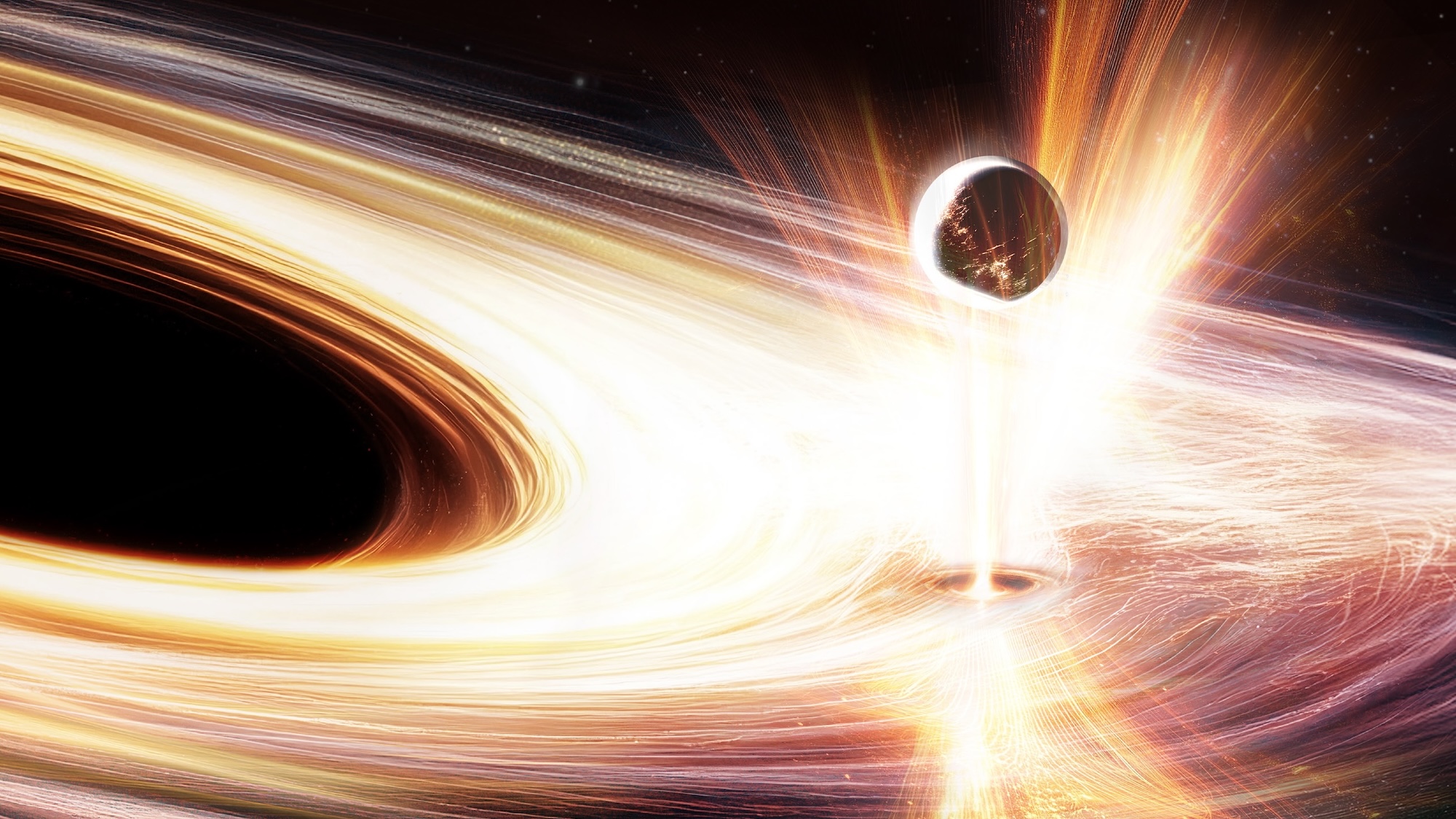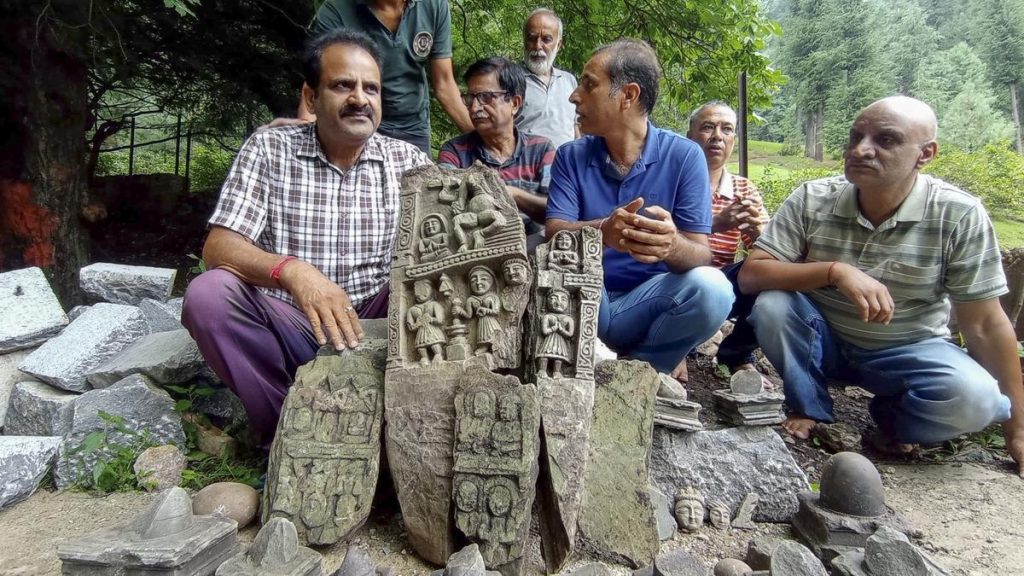Now Reading: Astronomers Observe Black Hole Awakening in Real-Time
-
01
Astronomers Observe Black Hole Awakening in Real-Time
Astronomers Observe Black Hole Awakening in Real-Time

Fast Summary
- Astronomers have observed a black hole’s “awakening” approximately 300 million light-years away, defying conventional theories about black hole lifecycles.
- The supermassive black hole, located in the center of the galaxy SDSS1335+0728 in the Virgo constellation and nicknamed “Ansky,” displayed previously unseen quasiperiodic eruptions (QPEs), characterized by bursts of X-ray light.
- Active observation began in late 2019 when Ansky emitted intermittent flashes that were later classified as QPEs-a phenomenon long theorized but rarely documented. The XMM-Newton and NASA’s telescopes uncovered further data during February 2024.
- Researchers found anomalies, including unusually luminous eruptions lasting ten times longer than standard QPEs, with hundreds of times greater energy release patterns occurring every 4.5 days-the longest cadence observed for QPE events.
- Scientists theorize that these eruptions may stem from shocks caused by cosmic objects disrupting matter within the accretion disc around Ansky rather than star destruction as previously believed. A definitive understanding is yet to emerge.
Indian Opinion Analysis
The study of Ansky’s unique quasiperiodic eruptions advances scientific exploration into one of space’s most enigmatic phenomena: black holes. This revelation not only challenges established models but also introduces fresh perspectives on how inactive cosmic giants transition into active phases through possible interactions with their surroundings-such as galactic gas or passing objects nearby.
For India, where astrophysics research has been gaining traction through institutions like ISRO and partnerships with global observatories, findings such as these offer potential opportunities to collaborate on international missions or build indigenous tools for deep-space studies akin to NASA’s Chandra or ESA’s XMM-Newton telescopes.
Furthermore,understanding high-energy processes like those seen in Ansky might deepen insights into space-time behaviour relevant to cutting-edge technologies such as quantum computing models and gravitational wave studies-a promising intersection for academia and innovation hubs nationwide.
This discovery emphasizes humanity’s growing ability to decode space at deeper levels while sparking curiosity among Indian scientists looking to contribute meaningfully toward unraveling celestial mysteries-all while inspiring future generations interested in science careers tied directly to universal wonders like black holes.

























